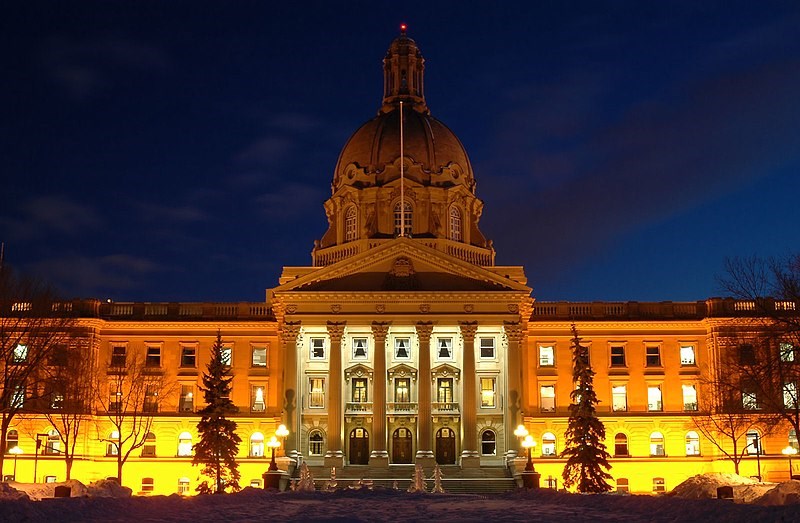There has been heated debate over the United Conservative Party ramming through its contentious Sovereignty Act.
The bill, described by one conservative commentator as a “notwithstanding clause on steroids,” provides the Premier and her government with a quiver full of arrows to do battle with Ottawa, which is what the act is all about.
But one arrow, Smith’s proposal for Alberta to drop out of the Canada Pension Plan, poses more direct pocketbook consequences for people of retirement age.
That guarantees fierce opposition to the scheme. Rosy assurances from the government won't mask its flaws. This arrow won't fly.
Smith has asked Finance Minister Toews to investigate creating an Alberta pension plan, if it would produce higher benefits and lower contributions. “Personally, I think an Alberta pension plan holds great promise,” Toews said.
Replacing CPP has been kicked around for decades by Alberta conservatives, failing to proceed due to financial risk.
The basic argument by proponents: Alberta, with a younger population working at more high paying jobs, pays a disproportionate amount into the national pension fund, estimated at about $2.9 billion a year more than the province receives in benefits.
That could allow smaller contribution rates and comparable benefits if the pension plan was overseen by the Alberta Investment Management Corporation (AIMCo), say supporters.
The Quebec government runs its own pension plan, so why not Alberta? There is technically no legal argument against it.
But Quebec opted to go it alone when CPP was created in the mid-1960s. Alberta would have to start from scratch; it would also be thrust into tenuous negotiations to transfer decades of contributions worth tens of billions of dollars.
Jason Kenney hoped to create an Alberta pension plan and asked a Fair Deal Panel to explore it. The panel released a report saying the province should consider its own plan but a referendum should be held first.
Whether the Smith government will hold a referendum remains to be seen.
Without prior consultation, the Kenney government in 2019 passed a law forcing a number of public pension plans to be moved to AIMCo control, $30 billion in assets belonging to the Alberta Teachers’ Retirement Fund, Alberta Health Services and the Workers’ Compensation Fund.
Labour critics branded the move as theft, arguing teachers, who have been managing their own retirement savings since 1939, had recorded better financial returns than AIMCo.
A poll in October found six in 10 Albertans were opposed to leaving the CPP. An Alberta Chambers of Commerce survey in November found 54 per cent of business operators thought it would disadvantage business over three to five years. Only 35 per cent saw a benefit.
Some say CPP’s positive financial performance is hard to ignore. At the end of September, the CPP investment board reported an enviable 10.1 per cent annual return on investment over 10 years. If it ain’t broke why fix it?
Besides huge extra administration costs, critics warn pension portability will be affected as workers transfer in and out of the province. Alberta’s volatile economy, plus changing age demographics in energy industry slumps, renders uncertain long-term economic benefits.
The former CEO of AIMCo, Leo de Bever, gave an interview to Bloomberg in 2019 warning, “mathematically it wouldn’t make a great deal of sense” to abandon CPP. “It isn’t what we should be focusing on."
Barry Cooper, a political scientist and architect of the Sovereignty Act, has convinced the premier Alberta needs to play hardball with Ottawa to resolve economic grievances.
Two years ago, Cooper said in a newspaper column Alberta should run its own pensions. “And it would hurt the rest of the country. And to be clear, that is precisely the idea: to inflict a little pain on Canada, and especially on Ottawa,” he stated.
But is that how Albertans want their pension money used – in a fight to inflict pain elsewhere? A tough sell.
Ashley Geddes monitors politics for Alberta Prime Times. Over more than 45 years in journalism, he spent much of the time covering municipal, provincial and federal politics, most of it in Alberta.



